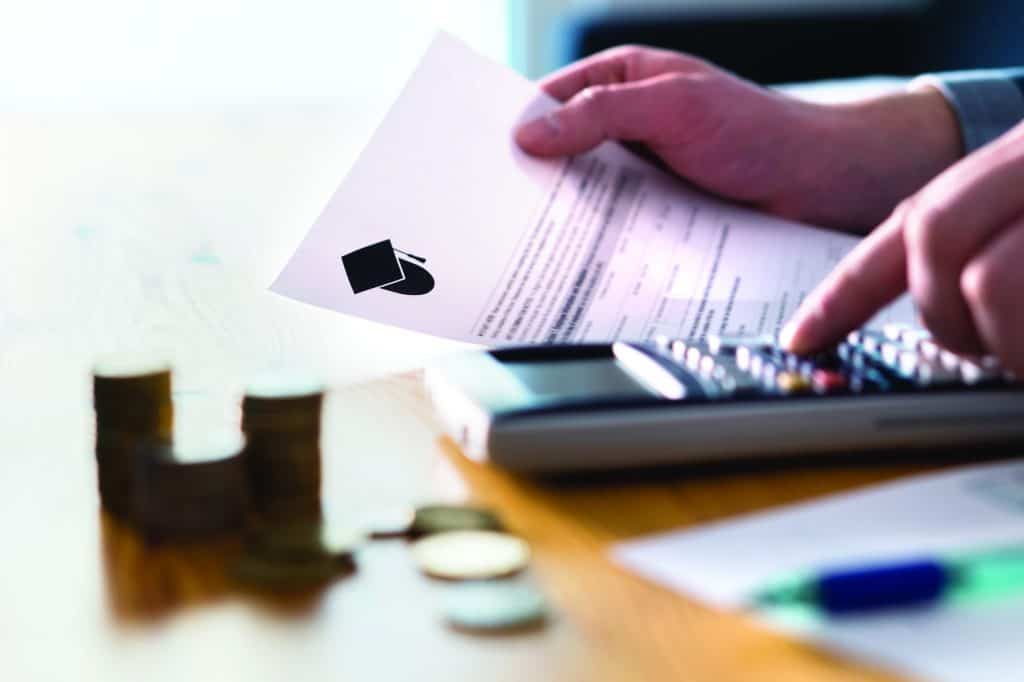Blog
When Cash Is Out
We’ve all heard the saying “cash is king.” Most of the time that’s a fantastic rule of thumb. But sometimes cash isn’t the best way to support your philanthropic endeavors. How can you tell? Here are three clues to keep you on the lookout for opportunities to get more bang for your giving back bucks, especially as you build your fund at the community foundation.
1. If you’re holding highly-appreciated assets, such as stock or real estate, and you are also planning to make a significant gift to charity, consider giving the appreciated assets to your fund at the community foundation instead of giving cash. Why is that? Because assets like appreciated stock can be sold by the foundation for 100 cents on the dollar–no capital gains tax applies. That means your fund ends up with more money to work with than you would if you had sold that same asset yourself.
2. If you want to support several charities all at once but have a single large asset you plan to give to the charities, consider using your donor-advised fund at the community foundation to facilitate the contributions. You can transfer the asset to the fund, get the tax benefits, have the asset converted to cash, and then allocate the proceeds to several different charities of your choice.
3. Think outside the box, too. Giving something other than cash means contributing any asset you have that is highly appreciated. Sometimes even artwork, jewelry, antiques, limited edition books, and other collections can be contributed to your donor-advised fund.
And, before you get worried it’s too complicated, remember, giving anything to charity is worthwhile. Whether you are contributing stock, real estate, books, or even canned food from your pantry, it’s all good! Every gift makes a difference to the nearly 1.6 million charities in the United States that are raising money to support their missions.

